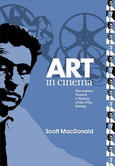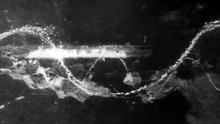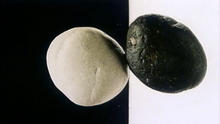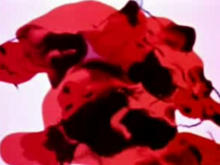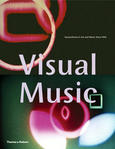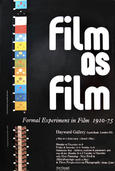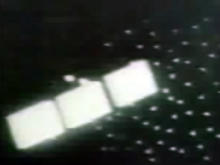Jan Švankmajer
(*1934) is a Czech filmmaker and artist whose work spans several media. He is a self-labeled surrealist known for his surreal animations and features, which have greatly influenced other artists.
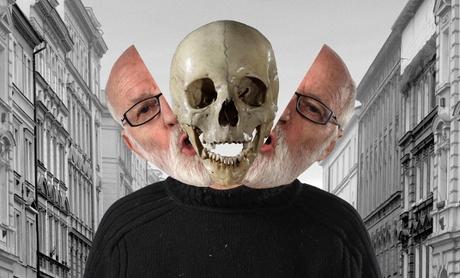
Jan Švankmajer was born in Prague. An early influence on his later artistic development was a puppet theatre he was given for Christmas as a child. He studied at the College of Applied Arts in Prague and later in the Department of Puppetry at the Prague Academy of Performing Arts. He contributed to Emil Radok's film Doktor Faust in 1958 and then began working for Prague's Semafor Theatre where he founded the Theatre of Masks. He then moved on to the Laterna Magika multimedia theatre, where he renewed his association with Radok. This theatrical experience is reflected in Švankmajer's first film The Last Trick, which was released in 1964. Under the influence of theoretician Vratislav Effenberger Švankmajer moved from the mannerism of his early work to classic surrealism, first manifested in his film The Garden (1968), and joined the Czechoslovakian Surrealist Group.
He was married to Eva Švankmajerová, an internationally known surrealist painter, ceramicist, and writer until her death in October 2005. Švankmajerová collaborated on several of her husband's movies, including Alice, Faust, and Otesánek. They had two children, Veronika (b. 1963) and Václav (b. 1975, an animator).
Švankmajer has gained a reputation over several decades for his distinctive use of stop-motion technique, and his ability to make surreal, nightmarish, and yet somehow funny pictures. He continues to make films in Prague.
Švankmajer's trademarks include very exaggerated sounds, often creating a very strange effect in all eating scenes. He often uses fast-motion sequences when people walk or interact. His movies often involve inanimate objects being brought to life through stop-motion. Many of his films also include clay objects in stop-motion, otherwise known as clay animation. Food is a favourite subject and medium.
Stop-motion features in most of his work, though recently his feature films have included much more live action sequences than animation.
Many of his movies, like the short film Down to the Cellar, are made from a child's perspective, while at the same time often having a truly disturbing and even aggressive nature. In 1972 the communist authorities banned him from making films, and many of his later films were suppressed. He was almost unknown in the West until the early 1980s.
Today Švankmajer is one of the most celebrated animators in the world.
Source: Wikipedia
